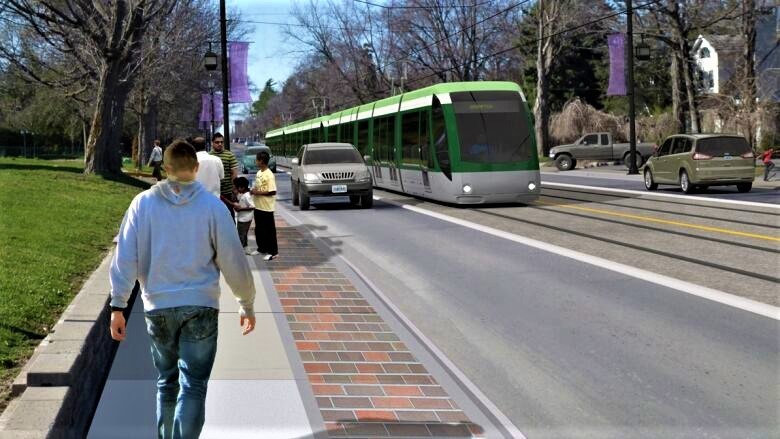
Brampton mayor pushing united front on tunnelled LRT
Brampton Mayor Patrick Brown was in Toronto this week, joining Canada’s other big city mayors in a unified call for an improved funding strategy that would allow municipalities to move ahead with significant, sometimes multigenerational transit projects.
In Brampton, the term “significant transit project” is almost synonymous with the controversial Hurontario LRT, which divided council throughout the last term.
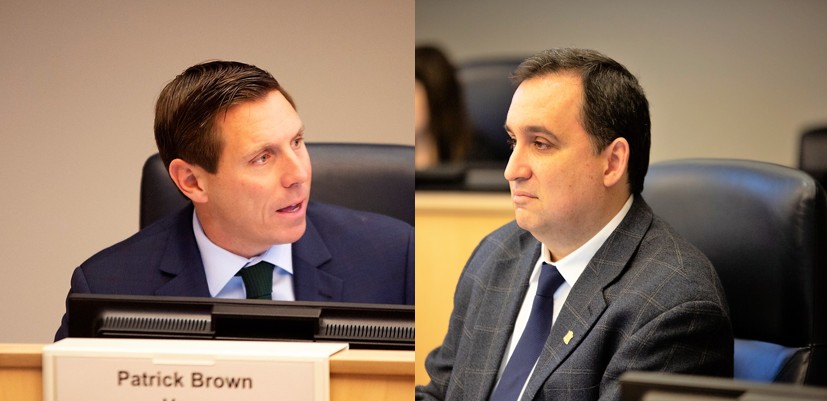
Mayor Patrick Brown and Councillor Paul Vicente had a terse exchange in April over the future LRT alignment
Now, according to Brown, despite a fractious beginning during this term, the cracks have mended and councillors are united behind the same vision: light rail into downtown, as quickly as possible.
For Brown, the simple equation leads to one outcome:
A. Council wants to bring the LRT into downtown.
B. Council wants to see the project completed as quickly as possible.
A+B = Tunnelling.
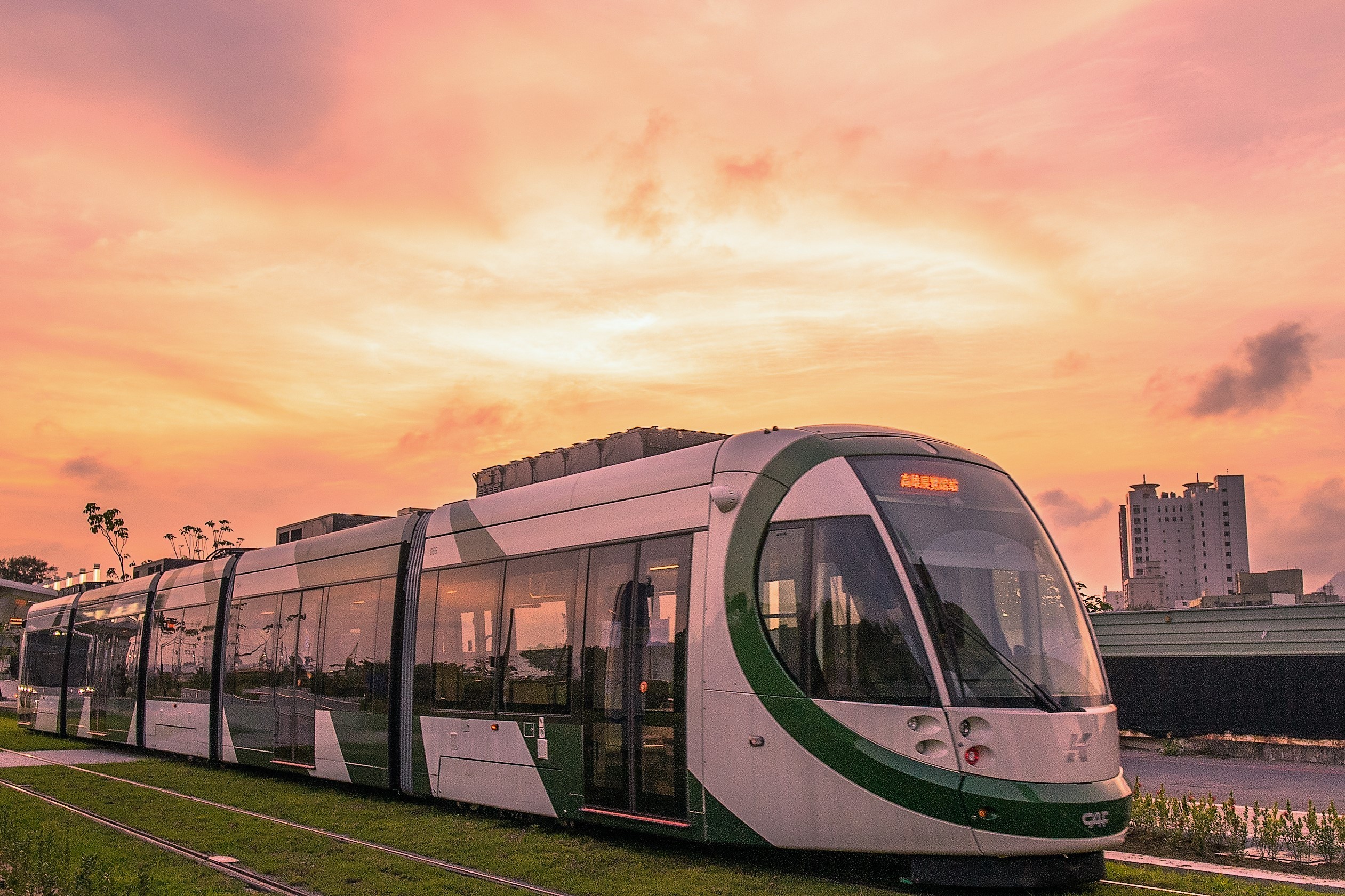
“We’re going to get more information out of the (environmental assessments), but our initial work on the EAs suggested that, for a variety of reasons, the tunnelling route could actually be the fastest because of the underground channels,” Brown tells The Pointer. “There are some question marks [about the alternative]; we can’t determine how long it would take to do the surface route.”
So, do all councillors now support tunnelling—a more expensive option? Brown points to the 11-0 vote in May in favour of moving forward with the LRT along Main Street. That vote was unanimous, but without a specific delineation of whether that would be a tunnelled or surface route.
“I don’t want to jump ahead of the process, but I believe, based on the due diligence that I’ve done, that the tunnelling option is the fastest, and we actually have partners for it,” Brown says.
His desire for a tunnelled LRT has drawn pushback from other members of council ever since it was introduced in December 2018. During the new council’s first meeting, Councillor Gurpreet Dhillon introduced a motion to put the Main Street alignment back on the table, though that route (once fully approved and funded by the province) had been turned down by the previous council.
In April, Councillor Paul Vicente introduced a motion to remove the tunnelling option Brown had championed from consideration, which led to a terse exchange in which Brown accused Vicente of presenting information about the surface option that was “factually incorrect” and misleading. Vicente had suggested tunneling would cause delays with the Downtown Reimagined project to improve subsurface infrastructure and surface features, but Brown pointed out that staff had said the opposite. Their report pointed out that a surface option would likely delay the Downtown Reimagined project, which council eventually had to postpone so staff could determine the potential impact of underground water channels on the downtown work.
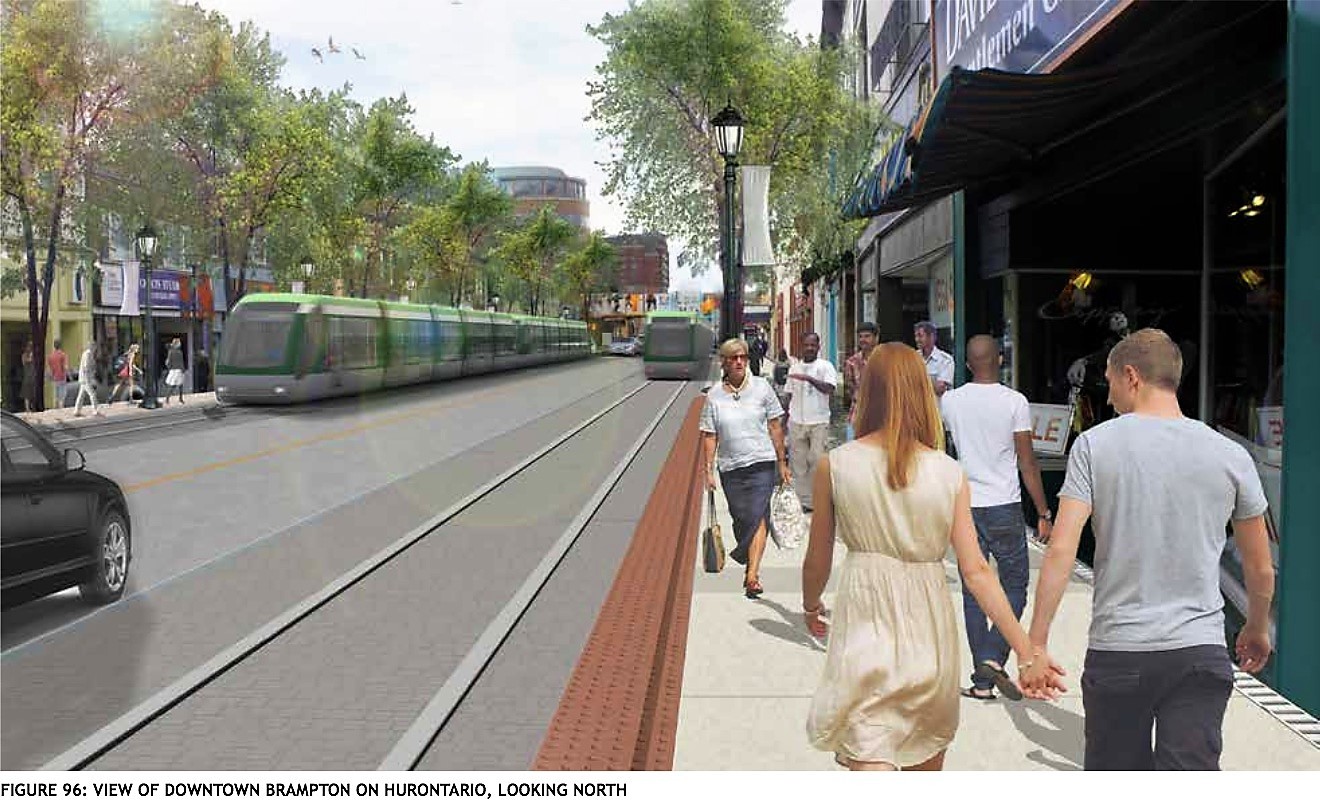
Council’s most recent unanimously passed LRT motion includes undertaking a new study of the linear surface alignment along Main Street, to update the existing but incomplete assessment of the route. It directed Brown to seek funding from the provincial and federal governments for a “fully funded option.”
During the recent Association of Municipalities of Ontario (AMO) conference in Ottawa, Brown said, he and fellow councillors made a strong case for a Brampton LRT to provincial leaders, including Minister of Transportation Caroline Mulroney.
“I believe a united voice, clear, loud lobbying, is important, and I think we’re doing that,” Brown says. “I’ve been told by every member of council that if we have a funding partner and we can do it within a time period that is reasonable, then they’d all support (the tunnelling option).”
The funding gap is still the biggest question mark for Brampton. Currently, council is making a serious push for its “fair share” of healthcare funding. However, investment in major transit projects in the city is also lagging far behind other, smaller cities.
For example, in 2010, Kitchener and Waterloo received $300 million from the province and $265 million from the federal government in support of Grand River Transit. Toronto received $660 million in 2013 for the Scarborough subway extension, and York Region was given $697 million for a subway extension in 2007.
Major transit funding for Brampton has been limited to $295 million toward Züm bus expansion in 2008. The LRT, which, according to city staff, could cost as much as $450 million for a surface option and as much as $1.7 billion for an underground alignment, remains completely unfunded.
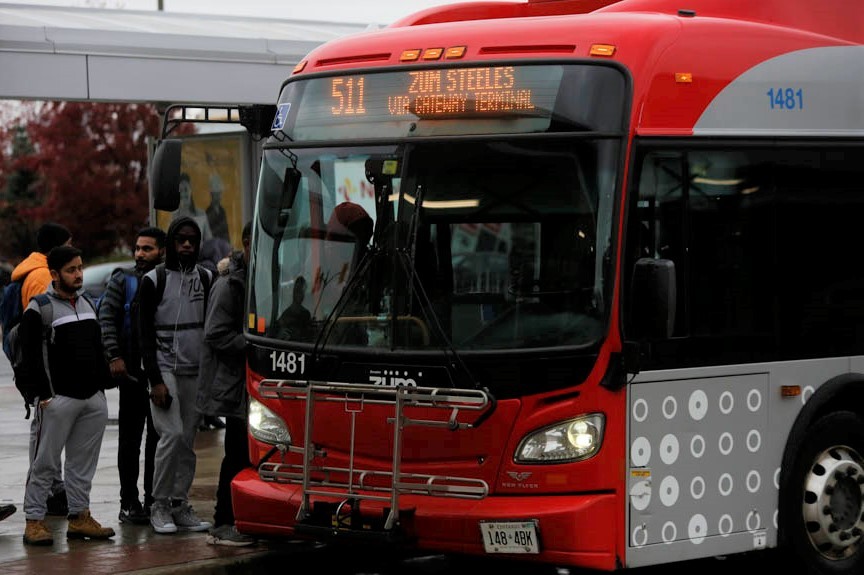
“We’re tired of being ignored, and I think the fact that we’re being so vocal about it certainly gets noticed,” Brown says.
Funding assistance from other levels of government is not only needed to lessen the hit to the wallet of municipal taxpayers, but critical to getting the project off the ground.
With federal leaders kicking off the election campaign today, and Brown already sharing that he will be meeting with the three big party leaders this month, this would be a good time to look back at the promises made by the current Liberal government. The numbers suggest Liberal Leader Justin Trudeau has some ground to make up in terms of investment in Brampton.
A key plank of the Liberal election campaign in 2015 was adding $60 billion over 10 years to an existing $128 billion set aside to help municipalities across Canada deal with crumbling infrastructure.
A look into what projects are being funded shows the Liberals have been slow to live up to those ambitious goals. An interactive map on the federal government's website shows that about 30 projects are underway within Brampton, most of them involving Peel Region infrastructure. The largest federal contribution so far to the City of Brampton has been in public transit.
A rough calculation suggests that, on a per capita basis, Brampton deserves about $972 million of the federal infrastructure pie over 10 years to maintain state-of-good-repair of Brampton’s assets. All we have so far, four years after the election when the cash was first promised, is just over $42 million.
But more funding could be on the way. In April last year, the former Ontario Liberal government under Kathleen Wynne promised that Brampton's share of the upper-tier infrastructure funding would be as high as $191 million from Ottawa and $158 million from Queen’s Park, totalling almost $350 million over 10 years. Of course, that was before the Doug Ford PCs swept into power at Queen’s Park and proceeded to cancel $90 million in funding for a new downtown Brampton university campus, a project that is now off the books.
Brown hopes to put the recent funding setbacks behind him, as he leverages Brampton’s five valuable federal and provincial seats, which the city’s voters are apt to swing if they don’t get results, to secure money for an underground LRT.
Email: [email protected]
Twitter: @JoeljWittnebel
Submit a correction about this story


